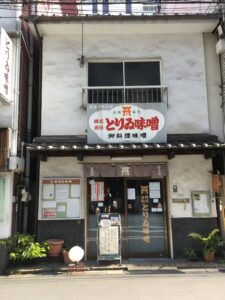
In Izumi City, Osaka, there is a specialized museum dedicated to the Yayoi period called the "Museum of Yayoi Culture." I must admit, despite living in Osaka Prefecture, I had no idea about it until recently. Finally, I had the chance to visit it last weekend. To be honest, I didn't have high expectations when I decided to go, but I soon realized that I knew very little about the Yayoi period. It turned out to be quite educational, and I found myself engrossed in the exhibits, losing track of time. The Yayoi period spanned approximately 600 years, from around the 3rd century BC to the 3rd century AD. During this time, immigrants from the Korean Peninsula arrived, and the cultivation of rice began. Various new cultural aspects, including bronze and iron tools, silk textiles, copper swords, and bronze bells used in ceremonies and rituals, were developed and displayed at the museum. By following the exhibits in chronological order, it was fascinating to see how this culture evolved. Considering that rice cultivation has continued from that era and rice was the staple food, it made me think that the ideal food for the Japanese people is rice, not wheat bread. There was a display that caught my attention where they analyzed bones, seeds, and pollen excavated from the archaeological site to speculate on what Queen Himiko might have eaten. It included dishes like taro, bamboo shoots, simmered pork, and seaweed soup. With my stomach growling, I couldn't help but think, "Queen Himiko must have had some delicious meals!"
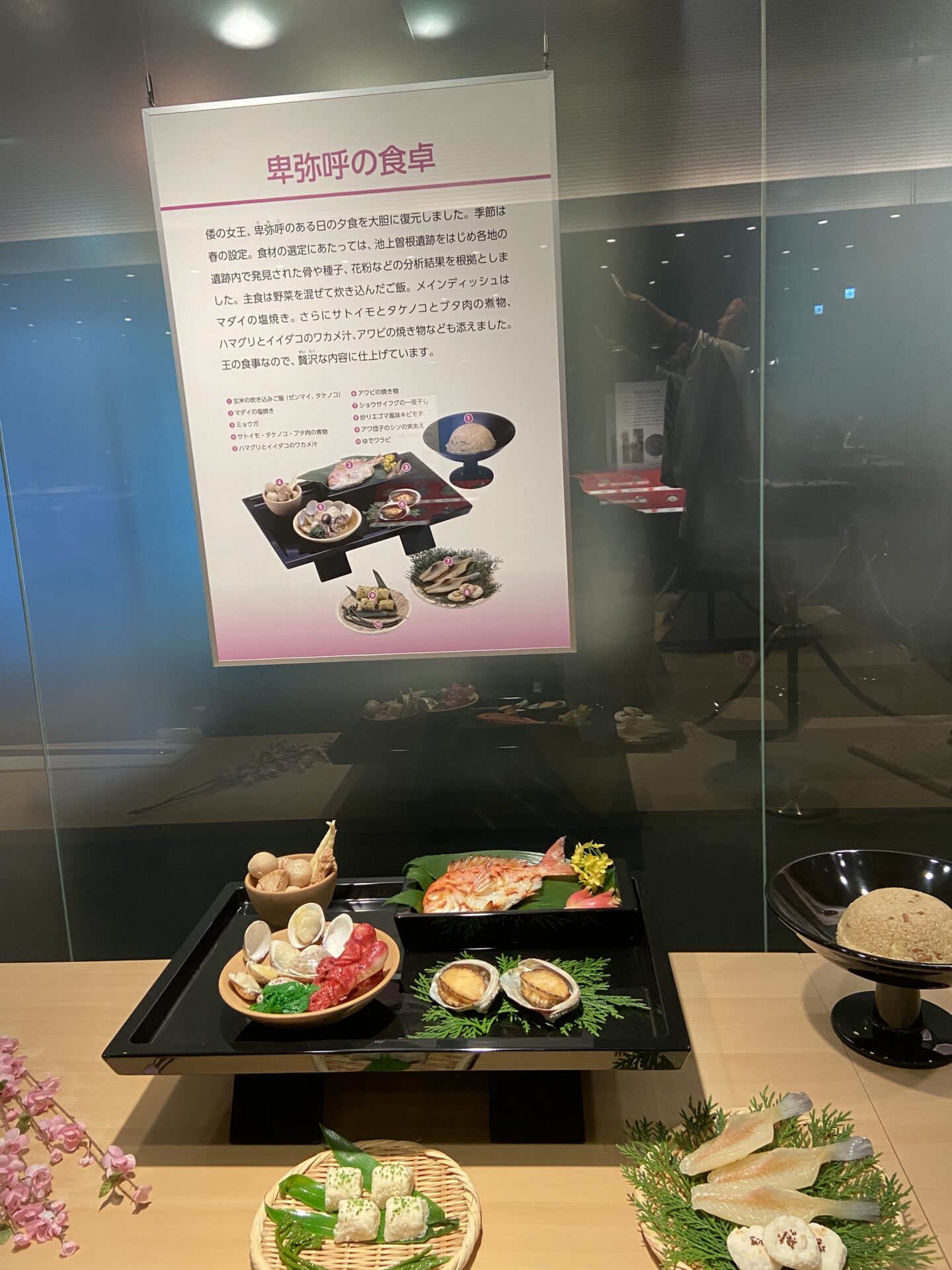
During the Jomon period, Jomon dogs were companions to humans during hunting and evidence suggests they were highly regarded, with signs of them receiving medical treatment for broken bones. They were clearly cherished by their human counterparts. In contrast, it's believed that Yayoi dogs that arrived with immigrants were treated somewhat differently. There's evidence of dogs being used for food during this period, suggesting that there was a shift in the treatment of dogs with the arrival of newcomers. These changes may have influenced the world of our canine companions in various ways. In terms of appearance, Yayoi dogs were described as resembling a slimmer version of Shiba Inus.

There was also a statue of Queen Himiko, and they had a space where you could dress up in Queen Himiko's attire and take photos. Queen Himiko was known to use a form of sorcery called "kido" to perform rituals and acted as a priestess who communicated with the people. Imagining what her life was like back then really sparks the imagination and takes you on a journey into the ancient past.
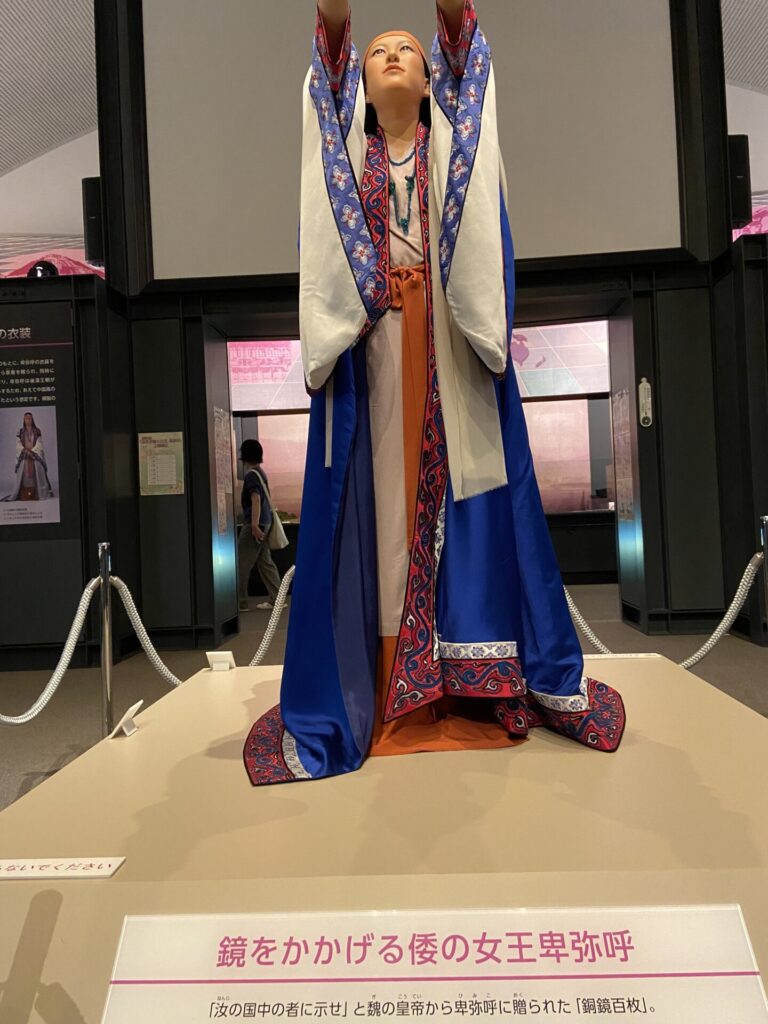
Just a 5-minute walk from the museum, you'll find the Ikegami-Sone Historical Park. This is the site where people from the Yayoi period lived for over 500 years. The open space and pleasant breeze make it a delightful place to visit. You can explore reconstructed posthole buildings and a large well, making it a great recommendation for families with curious kids during the summer vacation.

They had ancient lotus plants, known as "Oga Hasu," which sprouted from seeds dating back 2,000 years. This is truly remarkable, as it allows us to witness living plants from a distant era, offering a unique connection to the past.
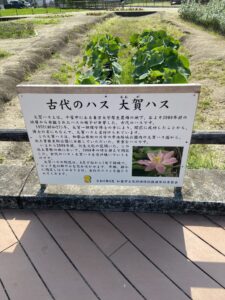


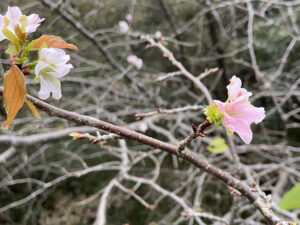

-1-226x300.jpg)
